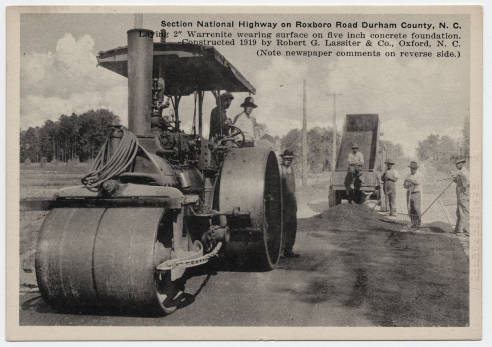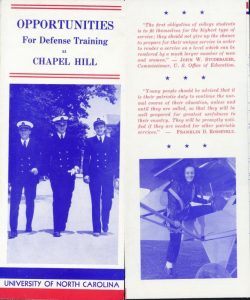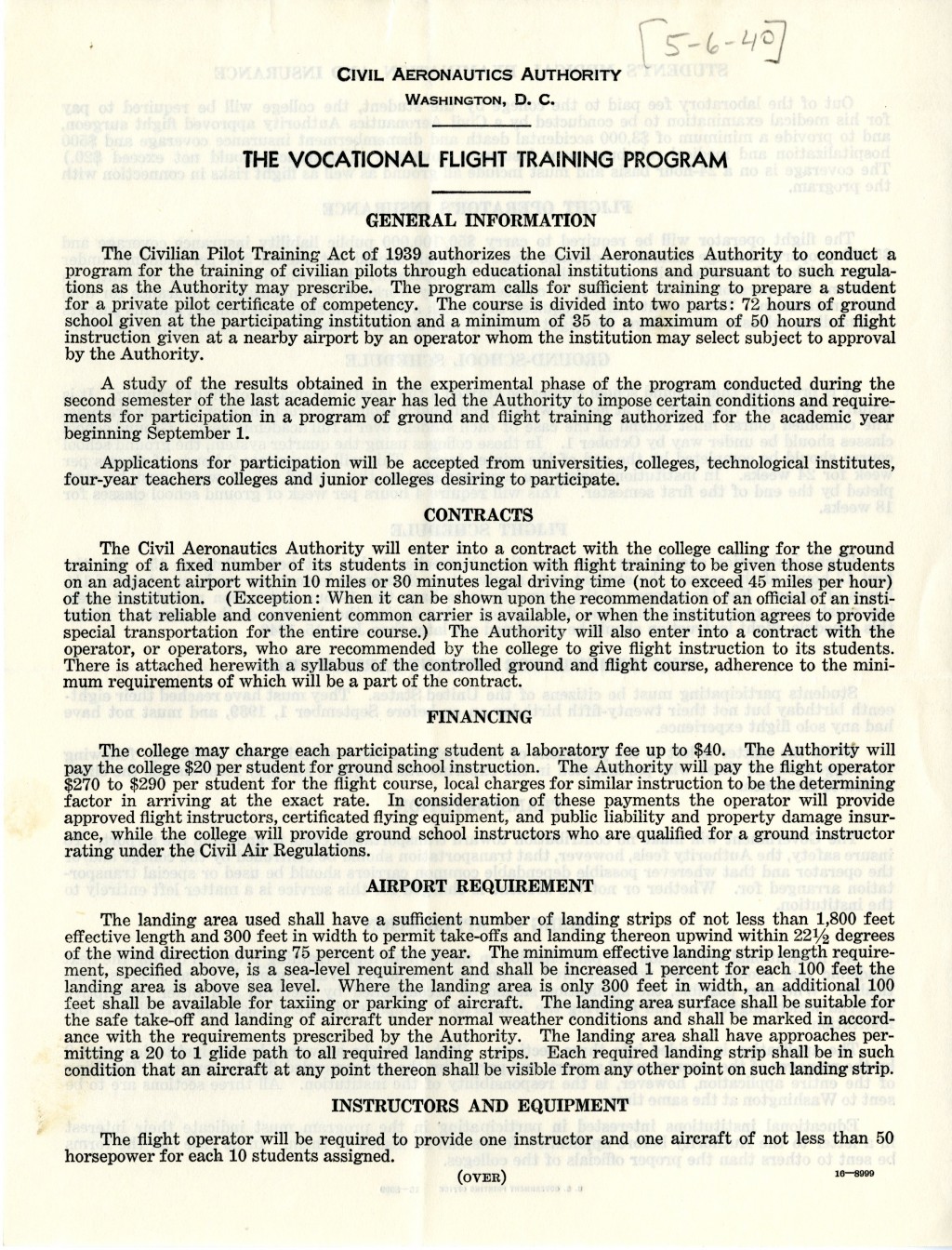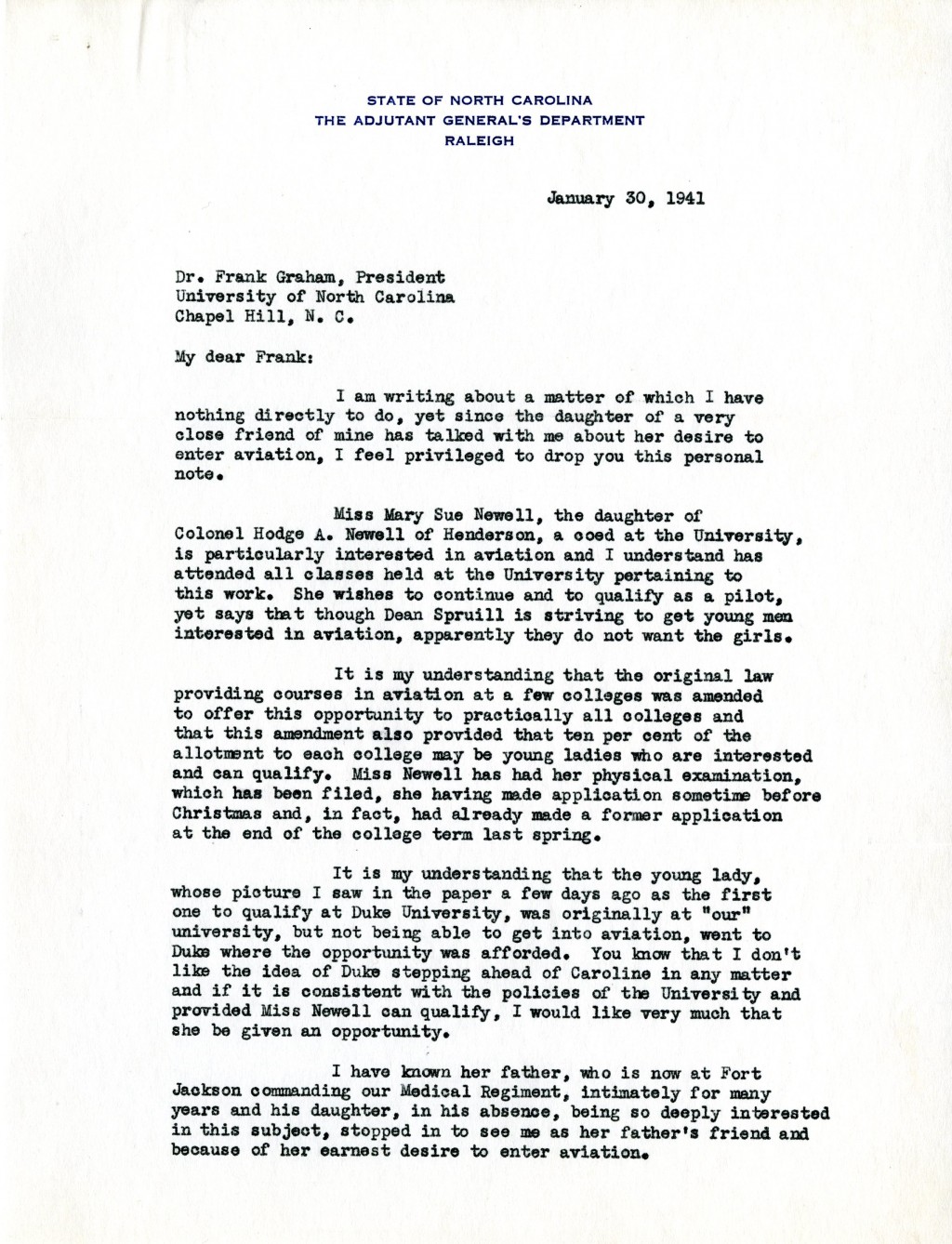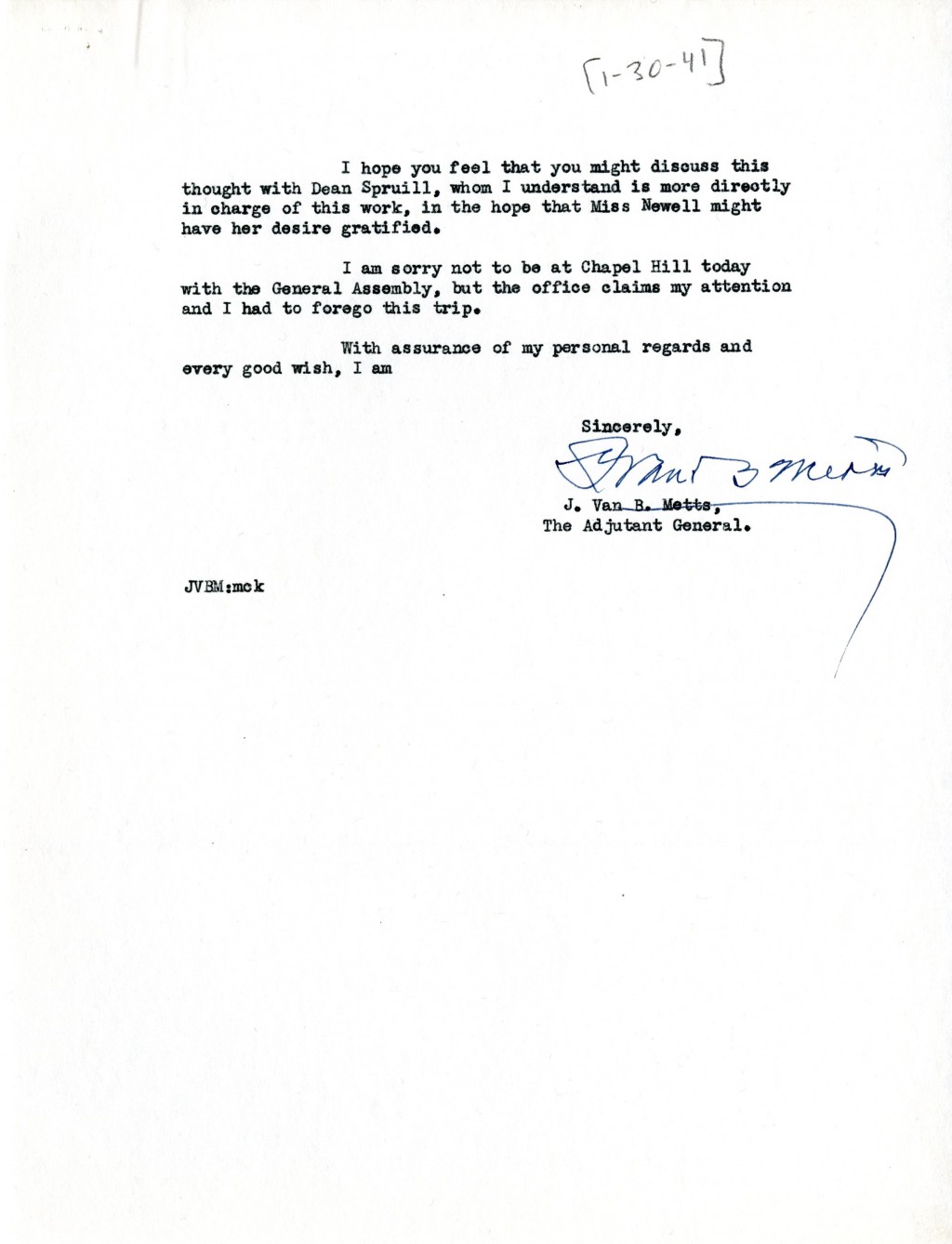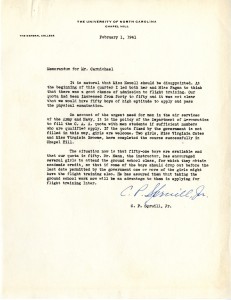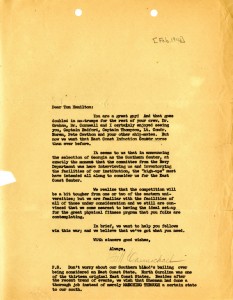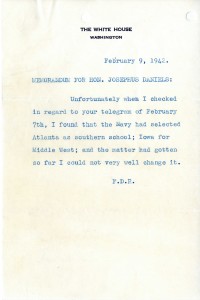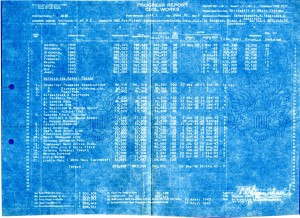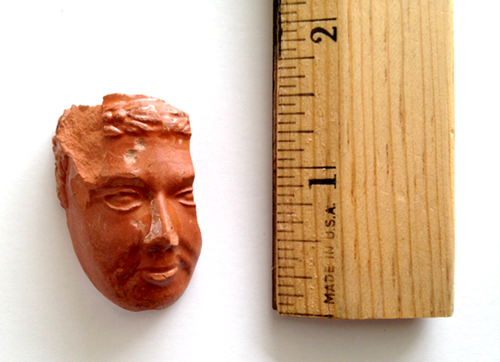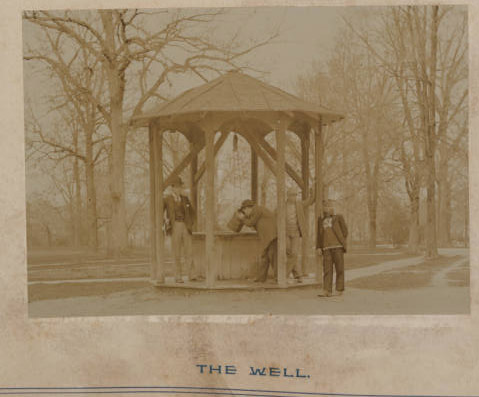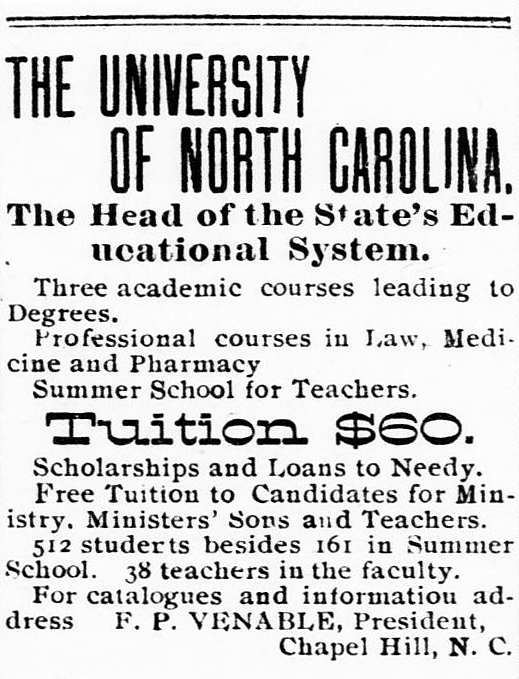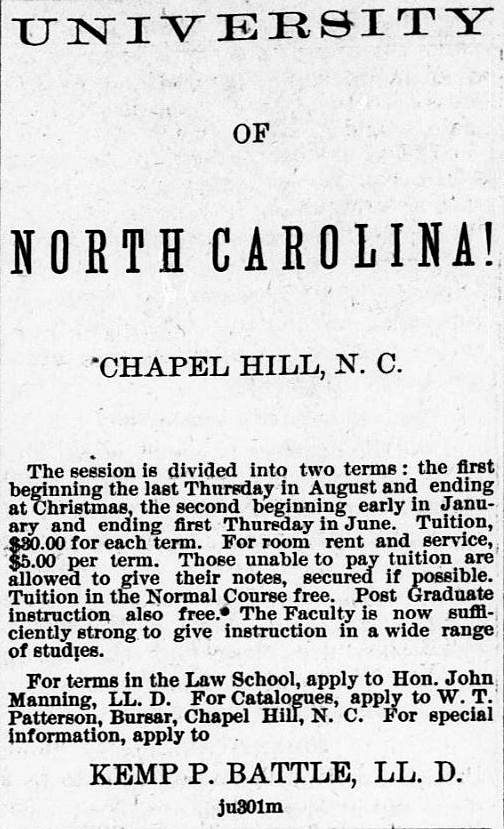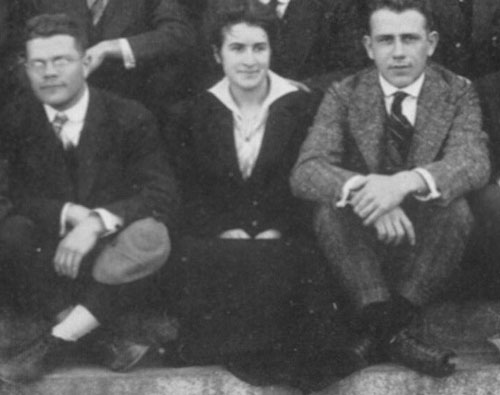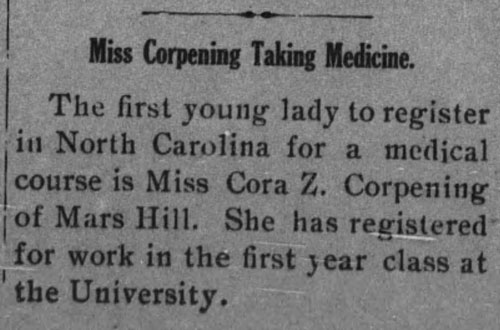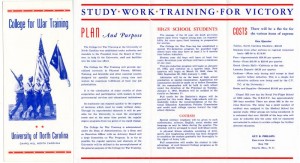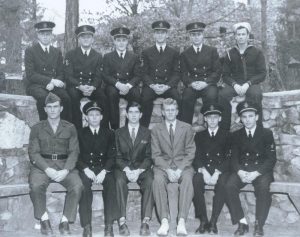Among the jewels of the North Carolina Collection are more than 15,000 postcards. And we have one man to thank for about 8,000 of those items—Durwood Barbour. For 25 years, Barbour combed through boxes at coin and postcard shows looking for images that told stories of bygone people, places and doings in his native state. His collection, housed mostly in shoeboxes, grew so large and valuable that he worried about keeping it at his home in Raleigh. In 2006, he generously donated it to the North Carolina Collection. We learned on Sunday that Barbour died on March 2. He was 87.
Barbour was born in the Barbourtown section of Johnston County, an area near Four Oaks. His parents were farmers and he grew up helping in the fields. In 1948 Barbour enrolled at UNC-Chapel Hill. He was the first in his immediate family to attend college and he told an interviewer in 2010 that he earned the money for tuition by raising sweet potatoes. Barbour graduated from UNC-CH in 1952 with a degree in geology, and, shortly thereafter, he began work as an asphalt engineer for the state highway department, where he remained for many years. Barbour made his home in Raleigh with his wife and two sons. Later in life, Barbour sold real estate. He was an active member of two Raleigh Methodist churches, including Edenton Street United Methodist, where his memorial service is scheduled for Tuesday. Barbour was also a local historian, working with Todd Johnson, executive director of the Johnston County Heritage Center, to produce a book of images of his native county in 1997.
Barbour’s interest in postcards grew from his hobby of collecting coins and paper money. His wife, Mary Anne, recalled in 2010 that there were frequently a few boxes of postcards at numismatic shows. As her husband perused tables with coins and paper money, she looked at the postcards. Eventually Barbour, too, turned his interest to postcards. And we’re thankful he did.
As a tribute to Durwood Barbour, here are a few postcards of places or activities that represent significant parts of his life. All of Barbour’s postcards—and a few thousand more—are available via North Carolina Postcards.
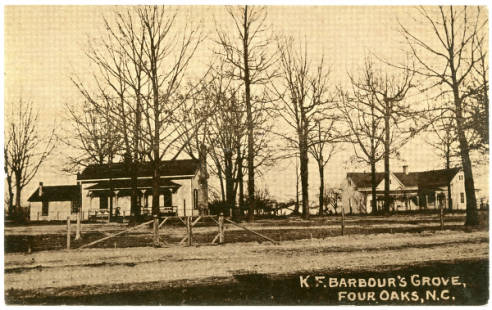
Though his relationship to K.F. Barbour is unclear, Durwood Barbour was born near Four Oaks in 1929.
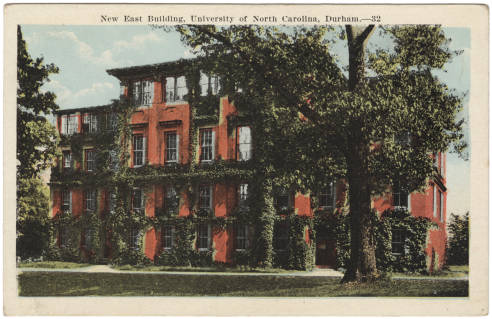
New East at UNC-Chapel Hill served as the longtime home for the university’s geology department. Durwood Barbour graduated from UNC in 1952 with a degree in geology.
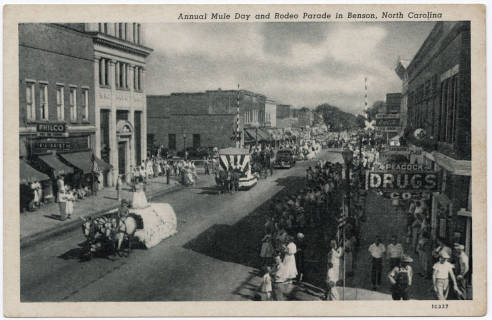
Benson’s Mule Days, which takes place the fourth weekend in September, has celebrated Johnston County’s agricultural heritage since 1950.


